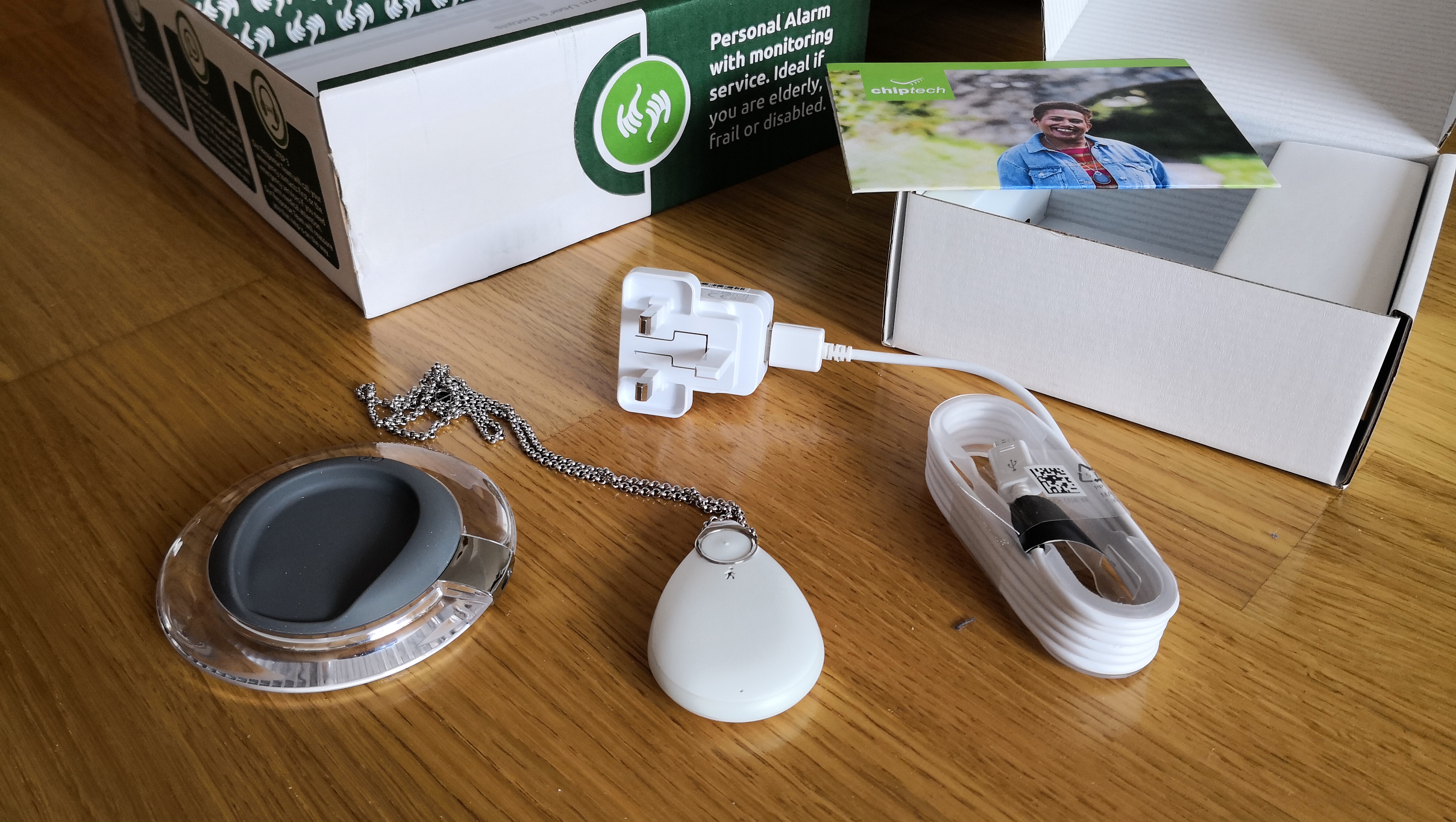TechRadar Verdict
We’ve been impressed by the clear and simple setup processes of Lifeline24’s package options. There’s very little for the recipient to do, other than wear a basic alarm pendant. Meanwhile, the company is fully regulated and offers 24/7 support, which is everything you’d expect from such a package.
Pros
- +
Clear sales information
- +
Simple hardware
- +
Help always at hand
Cons
- -
Royal Mail delivery
- -
No ‘red’ button
- -
Chain could break
Why you can trust TechRadar
Lifeline24 is a well-established British business specialising in the supply and support of medical alert systems. It primarily caters for clients in the UK, serving a wide range of customer needs ranging from large local authority contracts through to package options for individuals. It therefore has several variations on the medial alert theme, based on what a customer’s needs will be.
Usefully, Lifeline24 offers a full consultation prior to choosing any of its package and utilises Response and Customer Services team members to help ensure there’s help available every step of the way. Before you pick a package you’ll be talked through what’s on offer from a sales person, while signup itself can be done over the phone, online or through the post. The latter is useful if you are navigating the process with an elderly relative who does not have access to, or want to explore the online route.
Reassuringly, Lifeline24 is a certified member of the TSA industry regulatory body, which some competitors are not and also points potential customers to over 6,000 reviews of its products and services. As you’d expect, Lifeline24 has a 24/7 Response and Customer Service team at your disposal too, all of which is coordinated in house with robust contingency and compliance structures, according to the company.
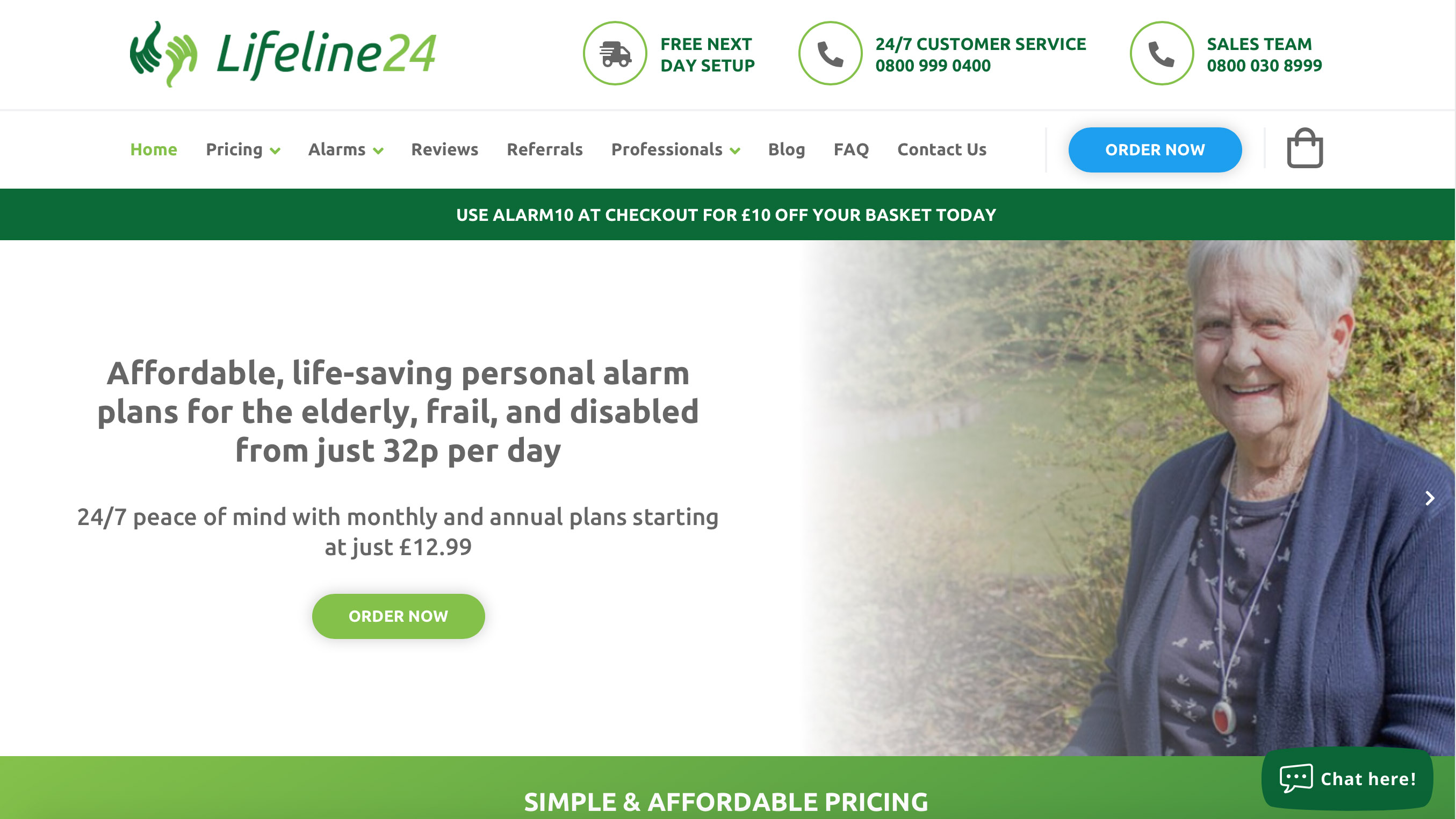
Lifeline24 medical alert packages
Head to the Lifeline24 website and you’re quickly presented with the various personal alarm package options offered by the company. It claims to deliver 24/7 peace of mind with monthly and annual plans starting at just £12.99 and does indeed seem to have something for just about any kind of potential user.
There’s the Lifeline Personal Alarm, which currently costs £119 per year as well as featuring a 3 months-free Annual Plan option, but there is a one-off £35 setup fee. Next, the Lifeline Fall Detector package is £16 per month or £144 annually, the Lifeline Digital Alarm package, which costs £19.89 per month or £179 annually for the package we tried, the Lifeline GP GPS Alarm costing £219 per year, or £24.33 monthly.
We found that the best thing to do was speak to the sales staff and get them to talk through the various package options and what was included. That way it’s easy to work out the option that will work for you, or the relative you are getting it set up for. They can also talk you through how the hardware works if that’s a concern. Theoretically, you will end up with a package that is tailored specifically to your needs and requirements.
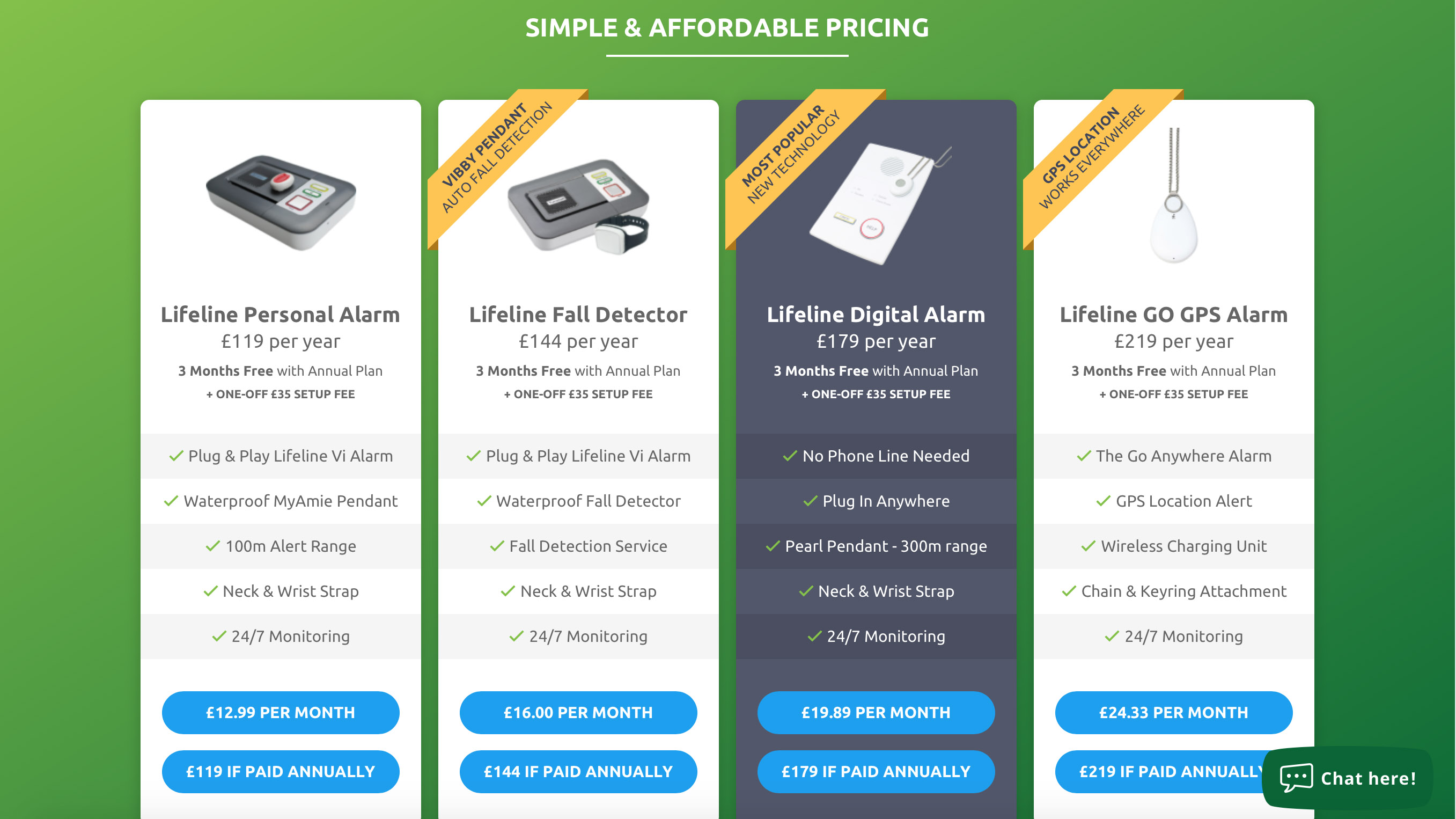
Lifeline24 medical alert signup
Prior to getting an account, we arranged to be called by a staff member from the Response and Customer Service team. During the conversation we got told about every aspect of the package, and were able to ask questions about anything that wasn’t covered in the more general overview.
In our case, we were worried about the specific needs of an elderly relative who would be confused by having to wear something around their neck all the time – the alarm itself.
While we were left a little unsure as to how well the system would work in our particular scenario, the sales person made the signup process seem straightforward enough. It was also encouraging to hear what could be done if anyone decides that the package isn’t for them after the initial consultation.
As anyone with elderly family members will know, it can often be difficult to get decisions made, especially if they have on-going or debilitative health disorders that can confuse their decision-making.
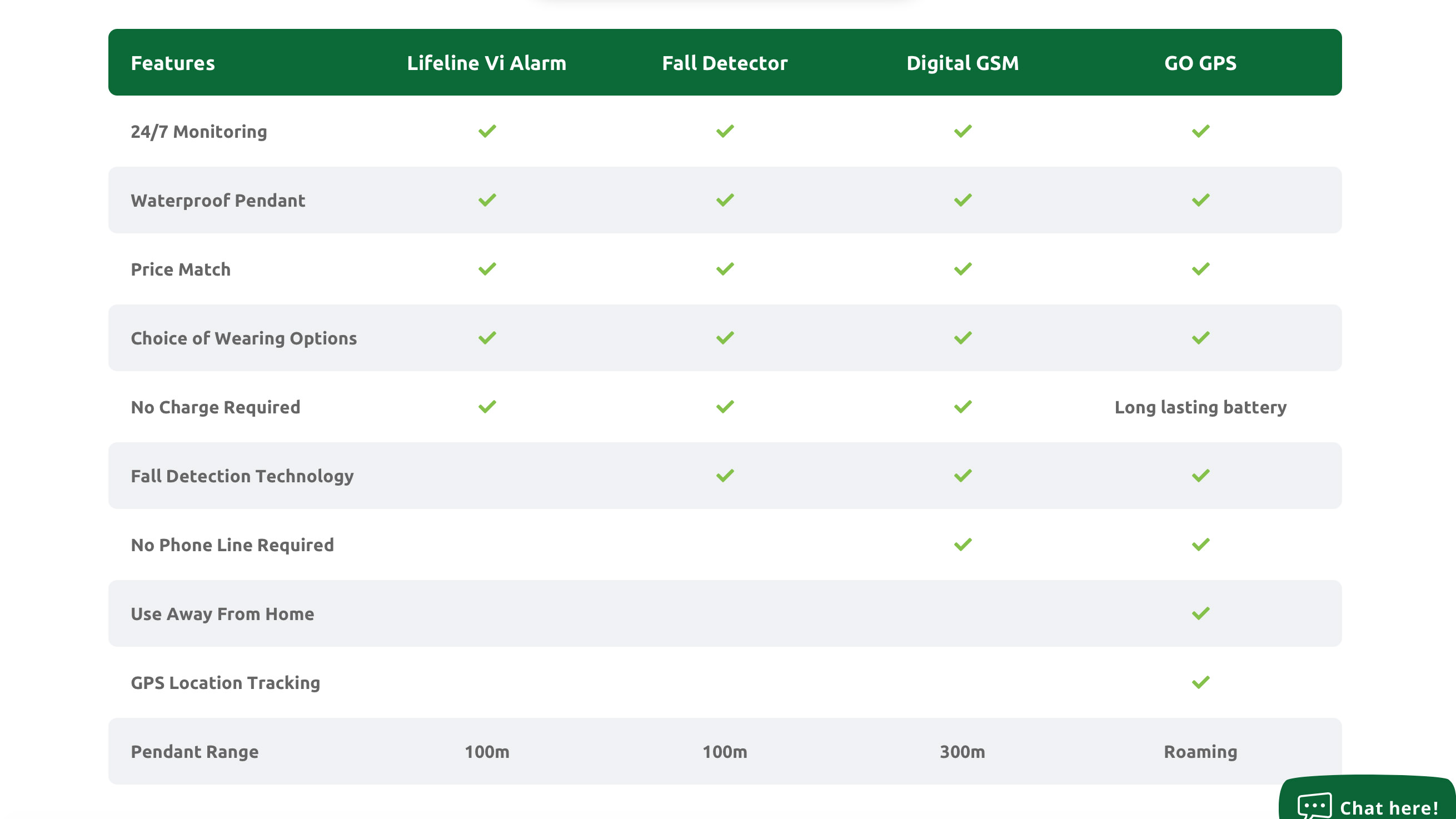
Lifeline24: what’s in the box
Once you’ve signed up, Royal Mail will deliver a box (later rather than sooner in our case), which contains everything you’ll need. We got to try the ‘bells and whistles’ option, so the lozenge-style pendant complete with a neck chain came fitted with built-in 3G connectivity, a base station for charging when needed and the required power cable. There’s nothing to do as such as it is pre-configured, features speech capabilities for when you press the button and benefits from Cloud updates.
You’ll also find some paperwork inside the box. The main thing with this is the multi-page document, which needs to have all of the vital details filled in. This then needs to be sent back to the Lifeline24 HQ, or the same thing can be completed online and will form the basis of the on-going support.
That includes the alarm users details, doctors’ details and any or all of the people that should be contacted in an emergency. There are also sections for direct debit details if the agreement is to be a long-term arrangement. Aside from that, it’s all fairly minimal, which is a very good thing given the reluctance of many elderly folk to get their heads around any new ‘tech’.
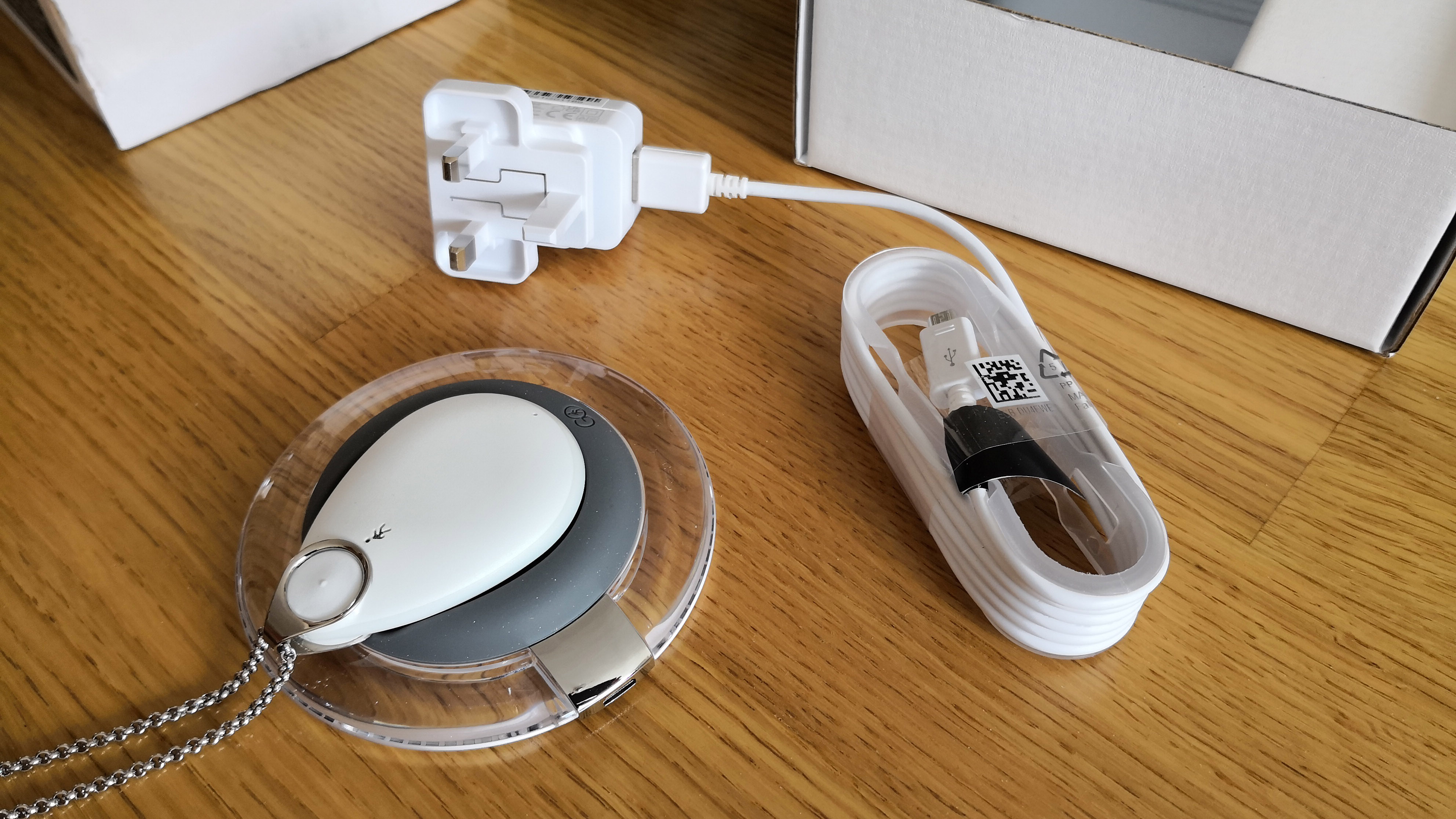
Lifeline24: how it works
Once you’re setup with a Lifeline24 account it's a straightforward three-step process in terms of day-to-day use. Interestingly, the instructions on the box with the hardware inside explained that for the first step, if help is needed, you should press the big red button on the pendant.
However, in our case, the pendant was white and featured a white button, with a small ‘pedestrian’ style icon underneath. Personally speaking we were surprised the button itself wasn’t more obvious, which it would have been in another colour. So, in our individual case that was a minor concern especially having a relative who is confused so easily due to being diagnosed with dementia.
Get past that though and the Response Team via the loudspeaker on the alarm unit will then contact you. Anyone who is unable to respond, perhaps after a fall, will still get help as the Response Team follow their agreed procedures and summon help on the customer’s behalf.
The third step of the process includes the team calling any emergency contacts, or the emergency services in the case of urgent medical attention being required. The team also reassures anyone who has pressed the button that help is on the way.

Lifeline24 support
Based on our experience talking with a member of the team, albeit during the initial signup, staff seemed confident about the products and processes. This was reassuring having had a personal experience where, when an emergency situation has occurred, we have been left less impressed about the ability by some staff to handle situations correctly using another provider in the past.
However, in the case of Lifeline24, which is quick to remind that it is a certified member of the TSA, procedures are what you would hope for. This is obviously hard to assess on a larger scale without having hard data available on that aspect of the Lifeline24 business. Of course, quite how well the response will be also requires customers to ensure they have completed and supplied all of the details requested by Lifeline24, either online, over the phone or through the post.
Nevertheless, the response service is available 24/7, so help should always be there when you need it. Lifeline24 also has a contingency plan in place for people who inadvertently keep pressing the button, either by accident, confusion or simply because they can. According to the team member we spoke to there is a customer limit of 200 presses a month in place before the Lifeline24 team has to reconsider if the package is, in fact, suitable for the customer.
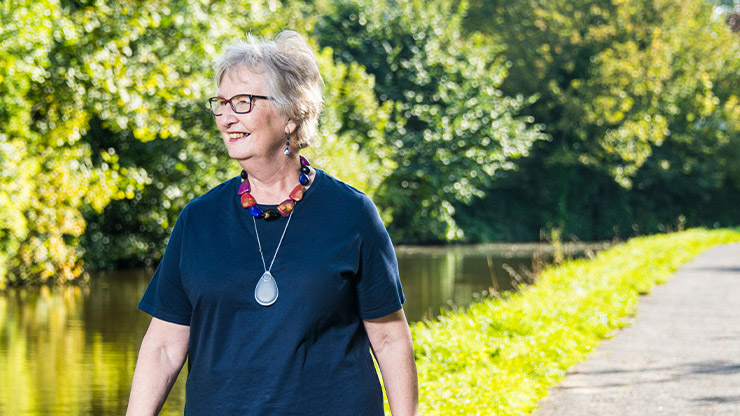
Lifeline24 final verdict
Despite our frustrations with the Royal Mail delivery service that got the hardware and forms to us, Lifeline24 does have a place in the UK’s burgeoning medical alert marketplace. We’re not sure just how much use it would be in our own personal scenario, but for anyone who wants the comfort of knowing that help is a button press away it could make a lot of sense.
It’s good to know just how proactive the Response Teams are too. As mentioned, in our own experience previously we have had situations where the button has been pressed following a relative having had a stroke and just being told to call 999. This is something that can be done without the need for any kind of third-party service, but only fine if you're present when it happens.
In the case of Lifeline24 though, we would hope that the response over time is more thoughtful and practical, which it appears to be. After all, in an emergency situation customers may not always be able to think clearly, so any carefully considered reaction and response is going to be the main selling point of this system.
Rob Clymo has been a tech journalist for more years than he can actually remember, having started out in the wacky world of print magazines before discovering the power of the internet. Since he's been all-digital he has run the Innovation channel during a few years at Microsoft as well as turning out regular news, reviews, features and other content for the likes of TechRadar, TechRadar Pro, Tom's Guide, Fit&Well, Gizmodo, Shortlist, Automotive Interiors World, Automotive Testing Technology International, Future of Transportation and Electric & Hybrid Vehicle Technology International. In the rare moments he's not working he's usually out and about on one of numerous e-bikes in his collection.
